Former General Manager of the A-Leagues Matt Carroll and ex-General Manager of Marketing and Strategy Geoff Parmenter spoke to aleagues.com.au about the birth of the A-Leagues as we celebrate 20 years.
A lot can happen in 20 years. In the case of the A-Leagues, almost everything has.
Titles, records, drama, chaos, marquees, Socceroos, Matildas, young guns and future stars… you name it and it has probably happened in our beautiful leagues.
Get your tickets to Round 1 of the Isuzu UTE A-League season!
So many memories and emotions. It all dates back to 2004.
It was the dawn of a new era two decades ago. The dawn of the A-League.
“Very rarely do you get a great opportunity to start a new competition, a new professional competition and do something a bit different for a great Australian sport,” former General Manager of the A-Leagues Matt Carroll told aleagues.com.au.
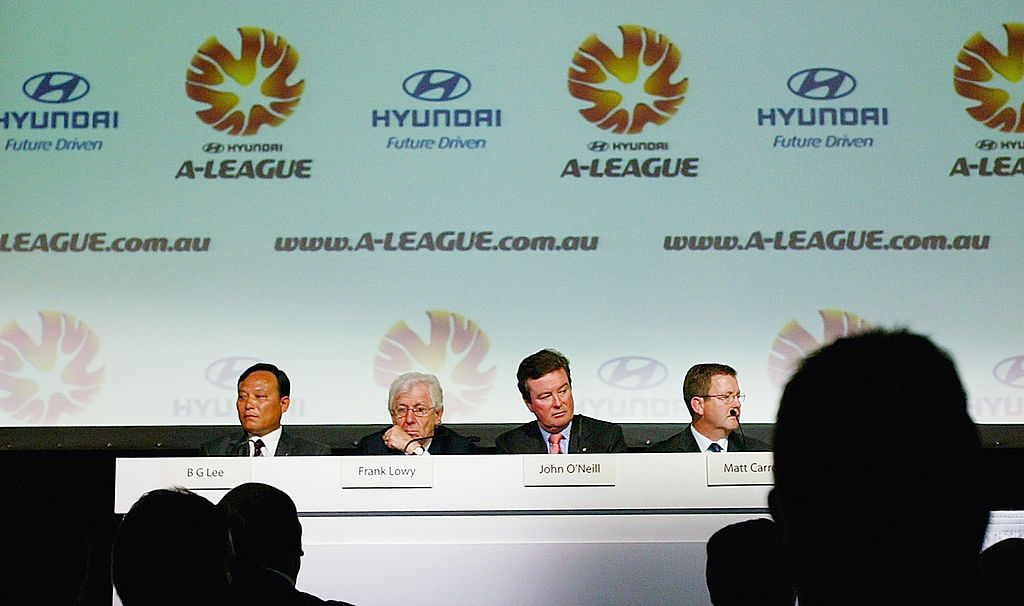
It was dubbed “Football, but not as you know it” as Frank Lowy heralded a brave new world for football Down Under, along with CEO John O’Neill.
“I thought football had the potential to be, and should be, a showcase for the best of Australia’s diversity and multiculturalism,” ex-General Manager of Marketing and Strategy Geoff Parmenter said in an interview with aleagues.com.au.
“When you think about Australia, generally we think about what a successful multicultural country it is and we like to celebrate that.
“I felt the sport had a unique opportunity to do that and by perhaps, with a blank sheet, creating a new league it would perhaps be more possible for it to play that role.
Your club-by-club guide to the Isuzu UTE A-League 2024-25 season
“As a proud sporting nation that likes to think about itself as punching above its weight in most sports around the world, and with sport being such an important component of Australia’s identity and way it sees itself, it felt wrong the world game in Australia should be ranked where it was at that time and to not qualify for a World Cup in over 30 years. So it was really that.
“As a sports business opportunity, it was pretty rare to pretty much start with a blank sheet. A sport with enormous assets, not necessarily financial assets, but assets and attributes. It’s a real privilege to be entrusted with trying to reset it for sustained success.”
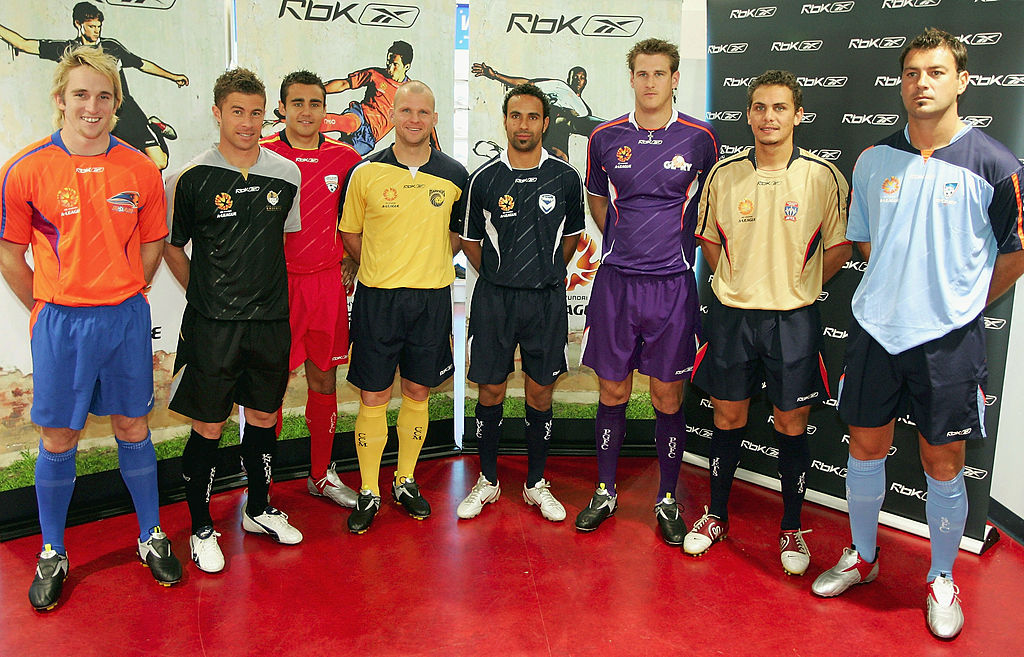
Before football in Australia and New Zealand entered a new era in 2005, and eight teams battled it out for the inaugural A-League Men title – Adelaide United, Central Coast Mariners, Melbourne Victory, Newcastle Jets, New Zealand Knights, Queensland Roar, Perth Glory and Sydney FC – Carroll and co started from scratch a year prior.
Carroll – now the CEO of the Australian Olympic Committee – played a key role in the formation of the A-Leagues. He “inherited a file from the NSL”.
That is where the hard work began.
“They did a full review into it,” he explained. “They did a substantial amount of work on what a new competition would look like. We took on that work and then we had well basically that was a small team of people put together a proposal to take to the market, who was interested in picking up a license in the new competition.
“Construct those licenses and construct what the competition would look like. Discussions with broadcasters and potential sponsors.
ISUZU UTE A-LEAGUE MEN 2024-25 FIXTURE DETAILS
FULL FIXTURE: Every match here
DERBY DATES: The matches to circle in your calendar now
TALKING POINTS: What you need to know about the 24-25 draw, inc new TV schedule
“But most importantly discussions with potential owners of of the licence and one of the rules we had was that state football associations we’re not allowed to have a licence.
“For two reasons – one so that it was separated from the state, but also to protect the states from financial issues as well, because obviously this was an investment. The license at the time I think was $1 million to to have a license so we had to look for people.
“The license at the time was it was going to be one team, one city- A to ensure you could get someone to invest, B – To ensure that there was enough talent into that team to be able to compete at the highest level in the competition because we wanted to build a really strong league.
“So it was it was taking that proposal to the market. A lot of meetings with a lot of different people.”
Get your tickets to Round 1 of the Isuzu UTE A-League season!
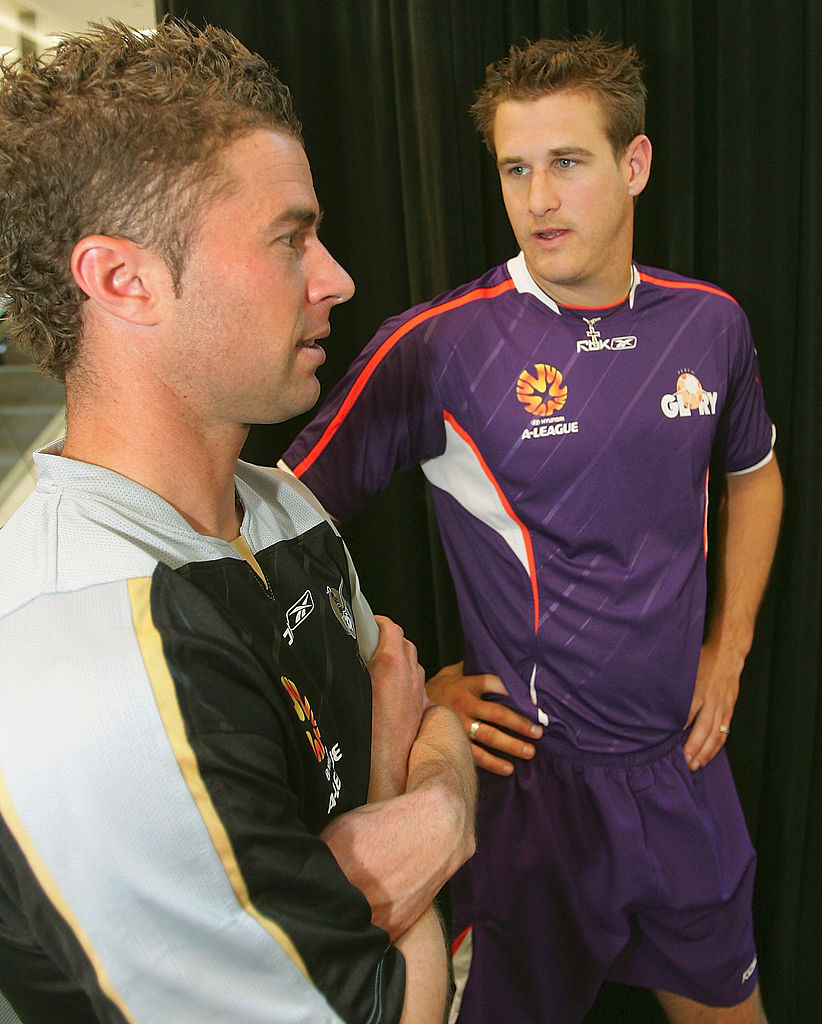
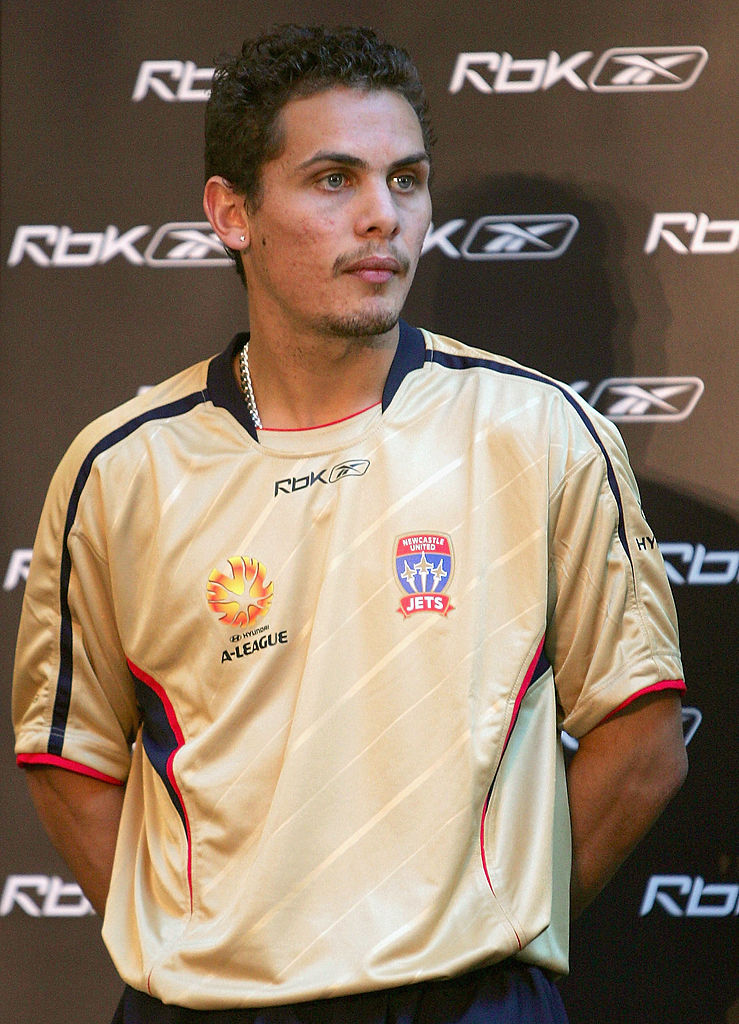
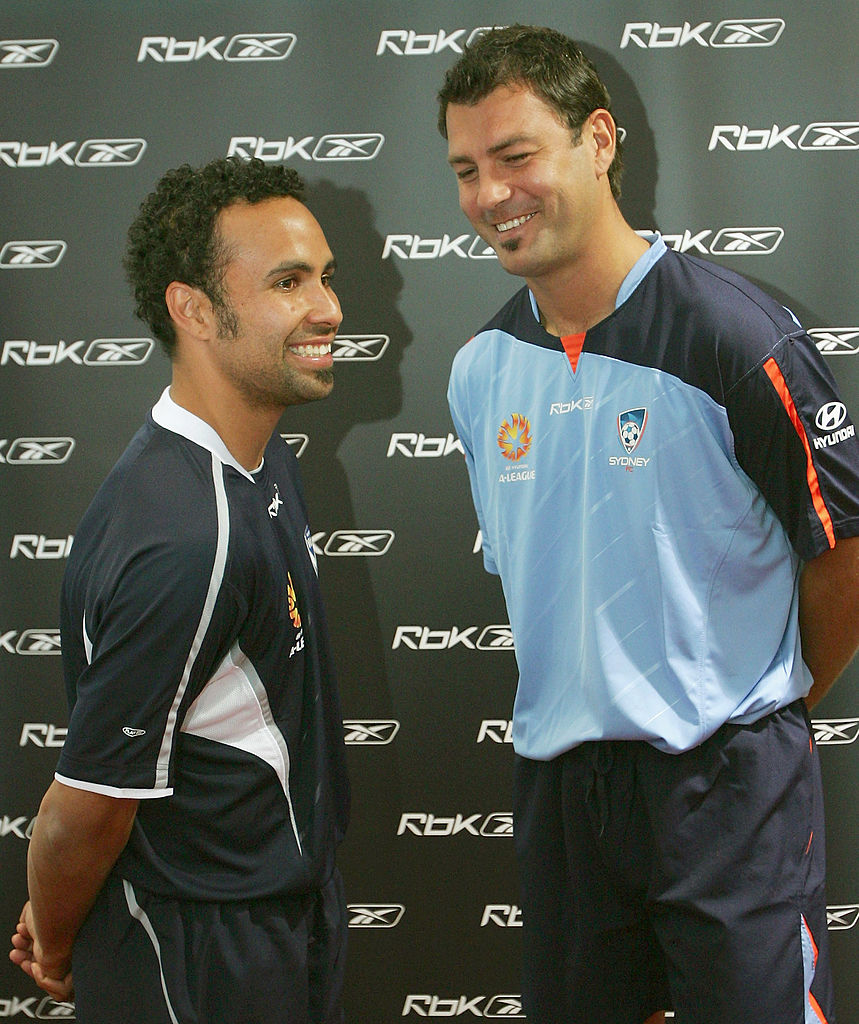
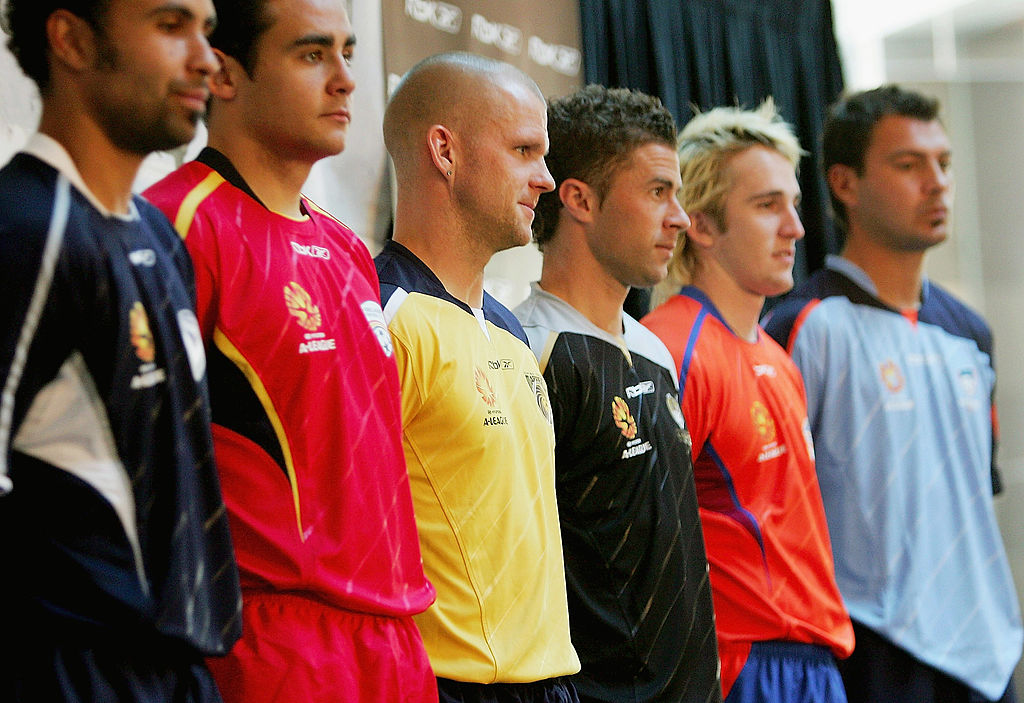
Carroll continued: “It wasn’t just conversations with potential owners but getting a full understanding of the game.
“There was comments at the time – ‘you’re from rugby, you don’t understand our game’. Well, I understand sporting competitions, OK, the shape of the ball might change, the number of people on the field of play, but the key ingredients are pretty much the same.
“I had been at rugby when we built Super Rugby from scratch. I knew what needed to go into it.
“Obviously in constructing the the license proposals and then taking them to interested parties was about understanding the venues they were going to play in, what they thought their sponsorship market was and most importantly of course where they were going to recruit their players. That took well over a year.”
LOCKED IN! Dates announced for 2024-25 A-Leagues season
UNITE ROUND LAUNCHED FOR 2024-25: Everything you need to know
UNITE ROUND 2024-25: What’s new this season?
FULL FIXTURE: Who your team is up against in Unite Round
The big mission for this new competition was clear; “It was new football“.
“New football was cheeky and effective because we knew it would get under the other football code’s skins and it got the reaction we hoped it would,” said Parmenter.
“People got defensive about it. It was very effective. People who had a latent interest in association football found they had a place to belong.
“One of the things that was interesting was the way the unique support experience developed. You could have an experience at an A-League game just watching and listening to the way the fanbases interacted and performed. You couldn’t get that in other sport in Australia.”
New football also meant a new name.
So, where did the A-League come from?
Get your tickets to Round 1 of the Isuzu UTE A-League season!
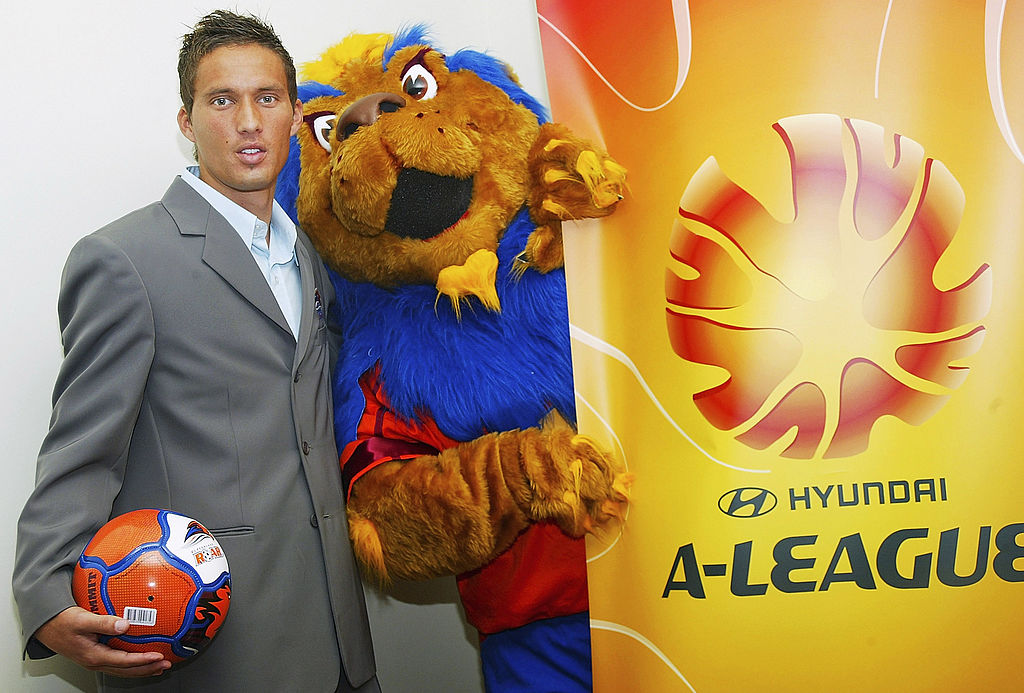
“I did a bit of research around the world what names of competitions were and I came across the J.League and K League,” Carroll recalled.
“We had a discussions internally and said why don’t we just call it the A-League? A for Australia and A for the best. That was the thinking there.”
Then there was the original A-League logo under Football Federation Australia’s leadership, on those initial Reebok kits.
“We liked the idea of the eight stylised A’s fitting into a circle. It also gave us a lot of flexibility in terms of animation and what you could do with it,” Parmenter explained.
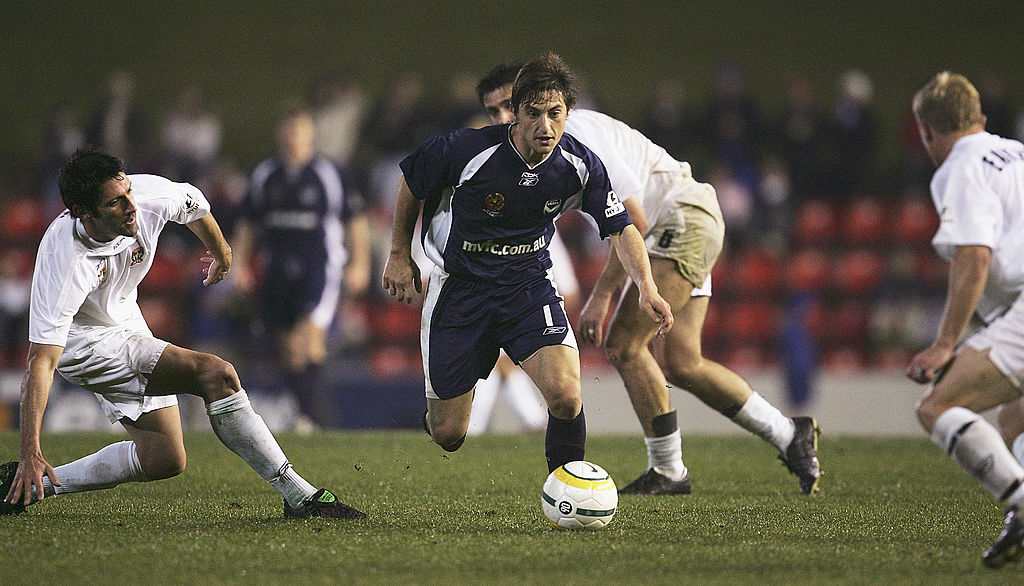

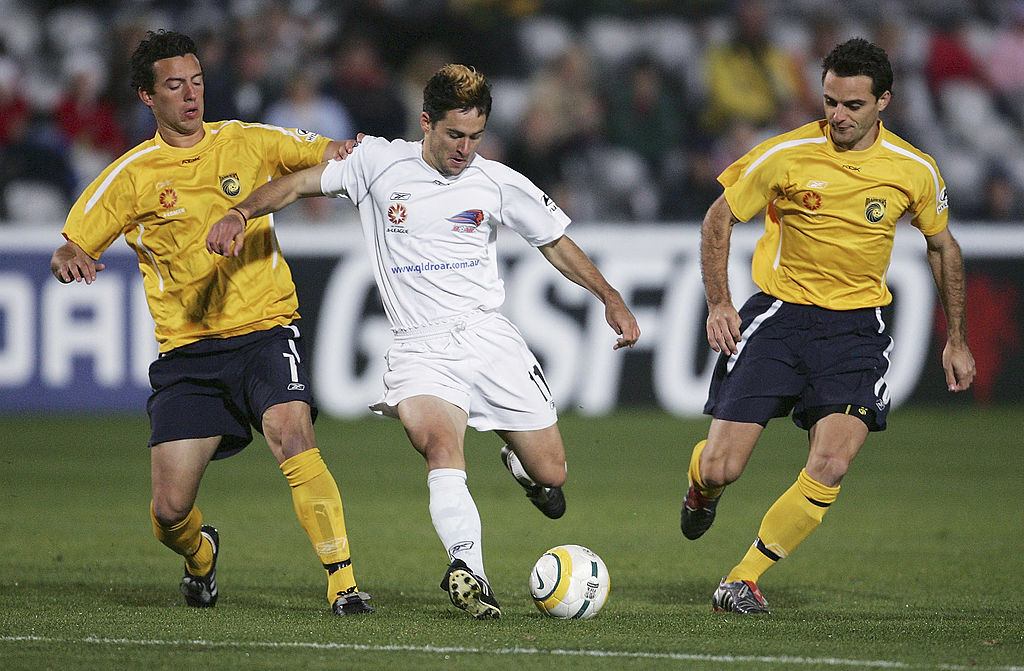
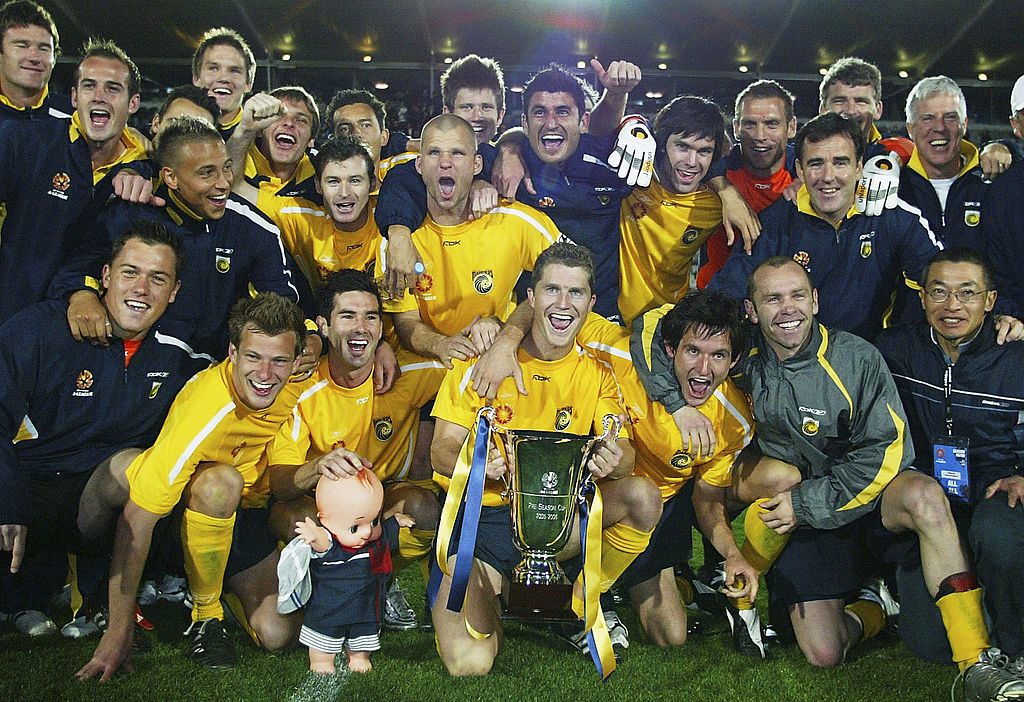
Before an A-League ball was kicked in August 2005, the calendar had to be finalised.
There was controversy when football was moved to summer. Carroll highlighted the two reasons behind the decision.
“One, it got us away from rugby league, AFL, rugby union and other winter codes,” he said.
“It also made for a better spectacle on the field of play. I had a lot of discussions with people who’d been involved in the competition before and I was there to listen and learn.
Get your tickets to Round 1 of the Isuzu UTE A-League season!
“The state of the field obviously for football is very, very important. They’re getting high quality football. Well you’re not going to get that if the day before someone’s played a rugby league game on it.
“We wanted the league to be played in the best venues. So your Sydney Football Stadium, Suncorp Stadium etc.
“If you’re going to compete against the AFL and rugby league, you got to put on the best performance, the best show.”
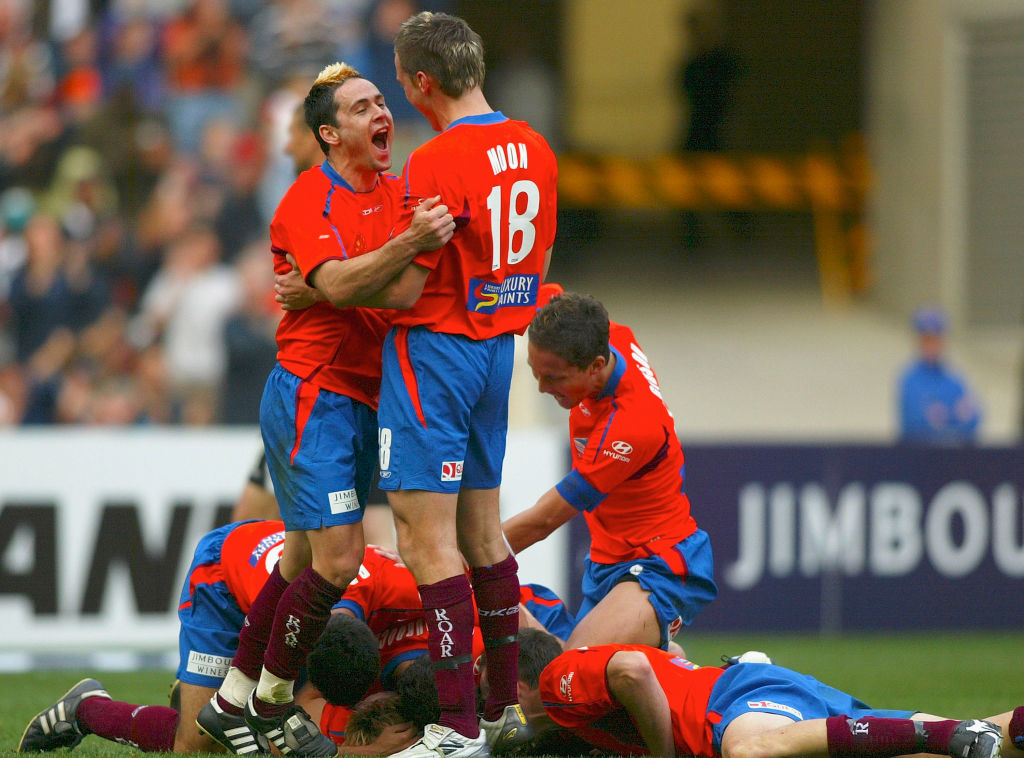
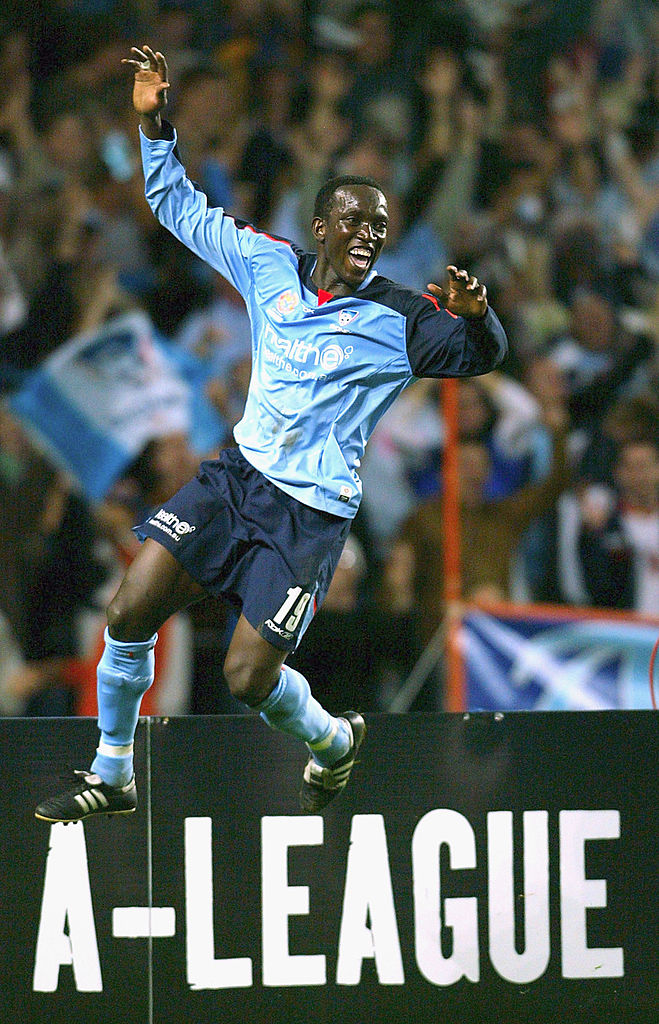
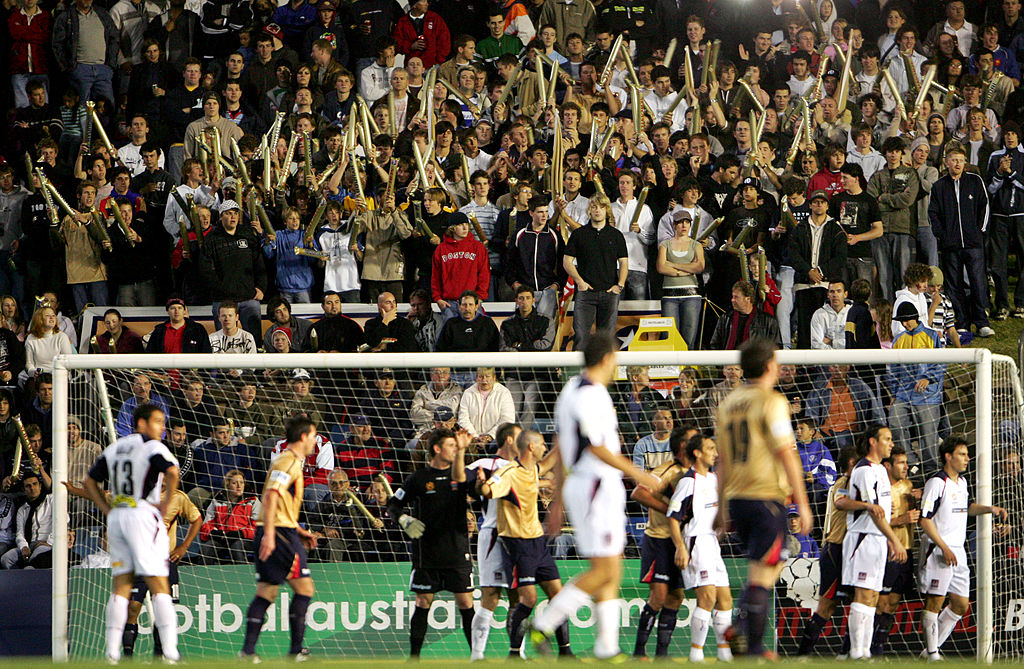
Then came the iconic A-League ad, which was produced by Ridley Scott’s production company.
Chad Gibson, Michael Ferrante and co. paint and graffiti, with that famous Scribe track ‘Not Many‘ in the background. It was slick and with an emphasis on football skills and tricks.
“The players were front and centre in that commercial. They had never experienced something like that before,” Parmenter reflected.
“The players started to realise something different was going to happen. This was football but not as they knew it.
“They embraced that. They were happy to stand up in front of this new version of their sport.”
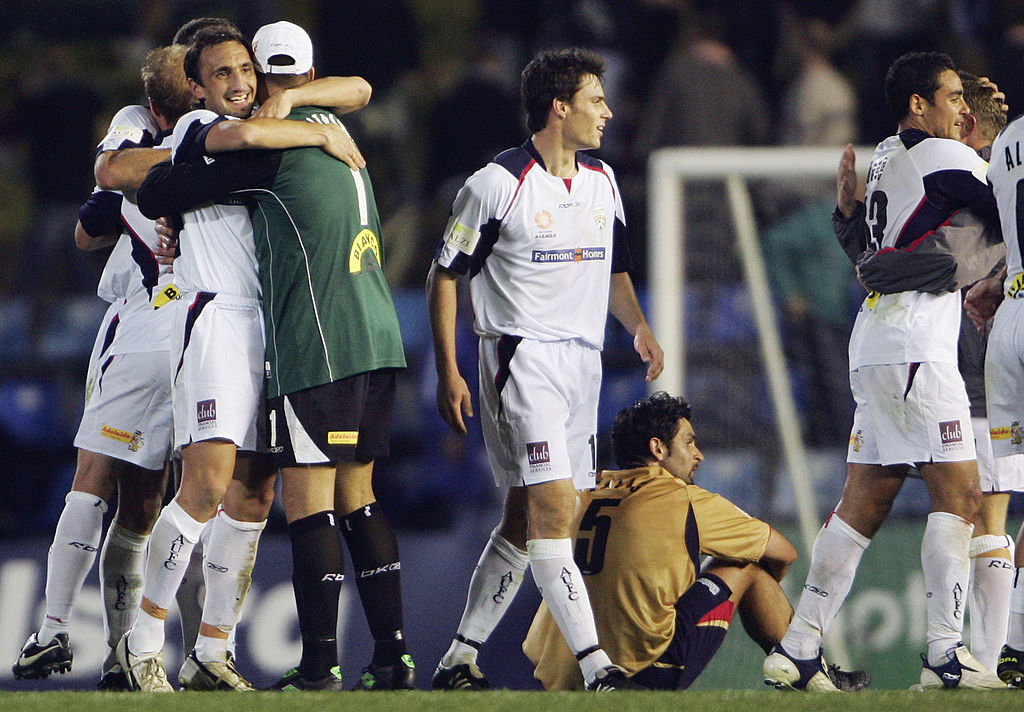
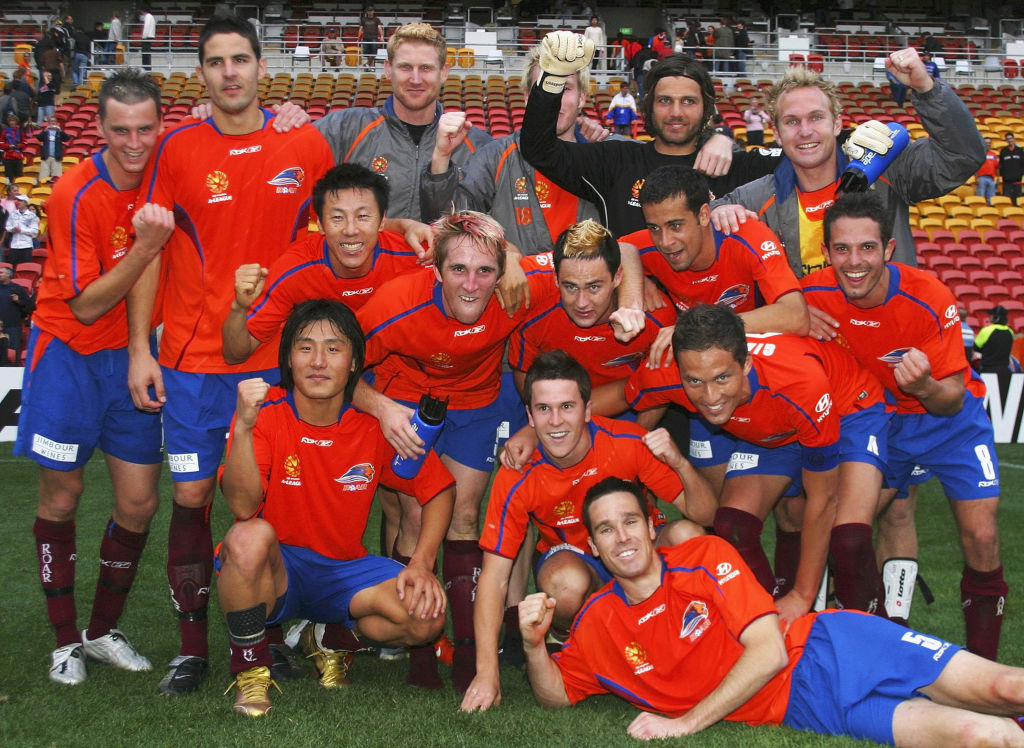
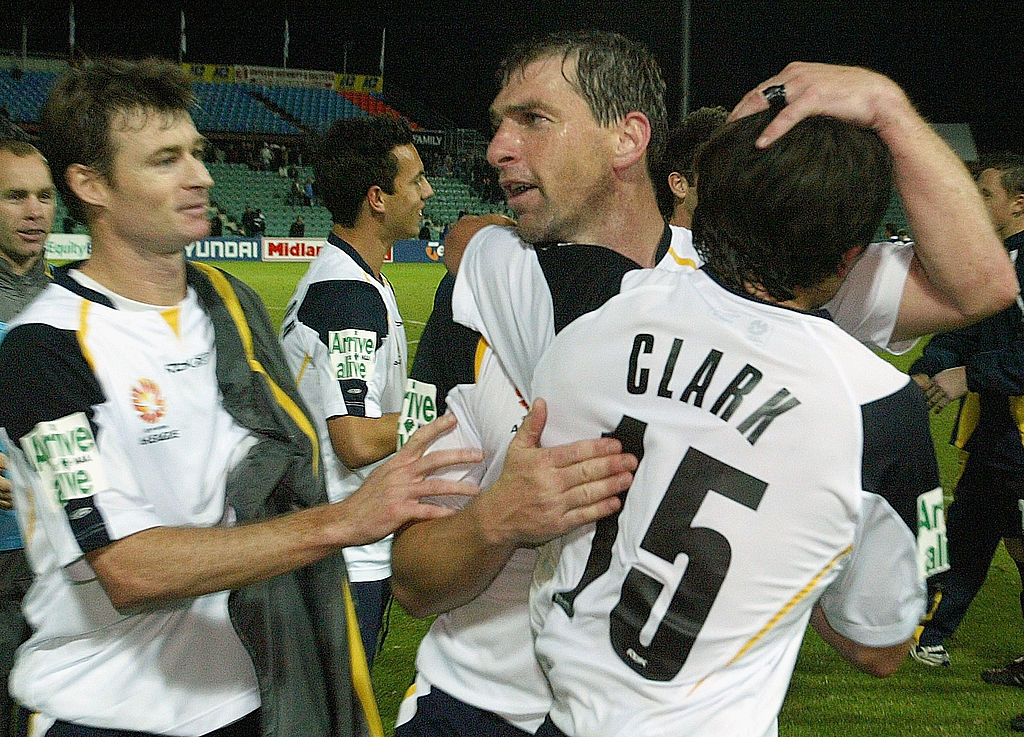
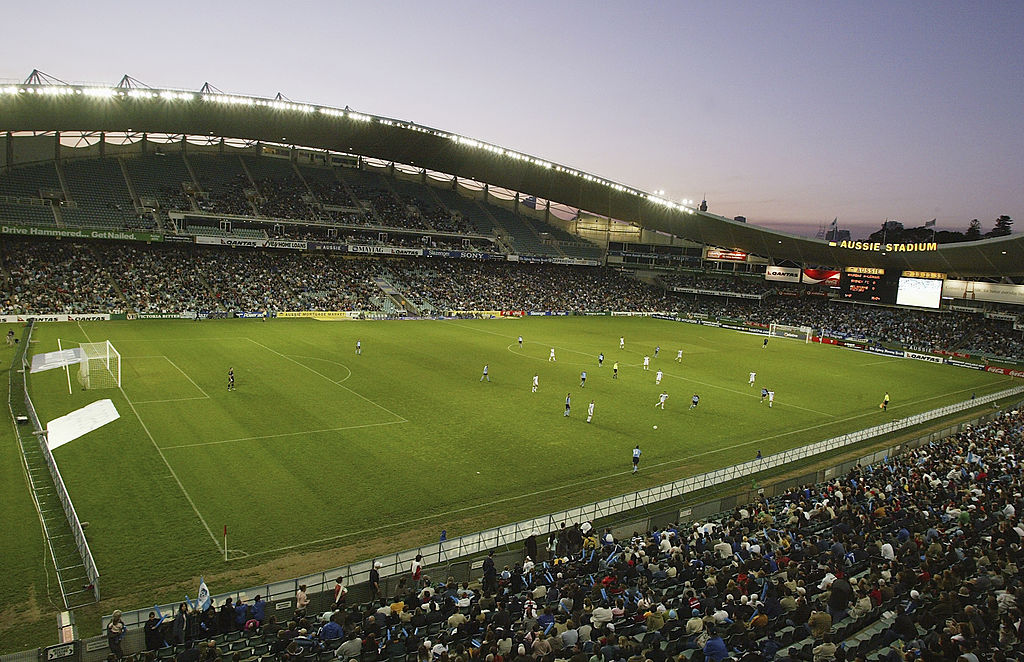
“It didn’t come lightly,” Parmenter said of the first TV ad.
“We did a pretty serious piece of brand work that underpinned that creative. Part of that opportunity to reset was to be quite deliberate and reasonably sophisticated about the way we went about re-positioning the sport.
“We did quite a lot of research among fans of the sport in Australia but also fans of other sports. We tried to understand what it was that was unique and distinctive about football in the eyes of those audiences.
“One of the obvious characteristics of football in this country is at that time, all of your best players weren’t playing in Australia. In the other sports here, whether it was AFL, NRL or rugby union, those codes were lucky to have some of the very best players in the world, in AFL all the best players in the world (smiling).
“A new league was never going to have that. It was important for us to try and understand what aspects of football internationally, the global game, fans would give us permission to apply to the local game in Australia. We got some pretty heavyweight help with that.
“The research suggested Australians would give us permission to borrow a bunch of attributes from the world game and apply them to football in the A-League.
“What came out strongest was the youthfulness of the sport. It wasn’t just that it was played by young people but it was youthful in its personality.
“There was this real piece around self expression and the celebration of outrageous skill and the part it played in the sport. That translated directly into the creative. What was being painted on the walls, it was all about highlighting the celebration of audacious skills, the whole piece around style and freedom of expression. The football field was a place where you could express yourself and show off what you can do.
“The culmination of youthfulness and that piece around freedom of expression were the two planks of the new football brand.”
Get your tickets to Round 1 of the Isuzu UTE A-League season!

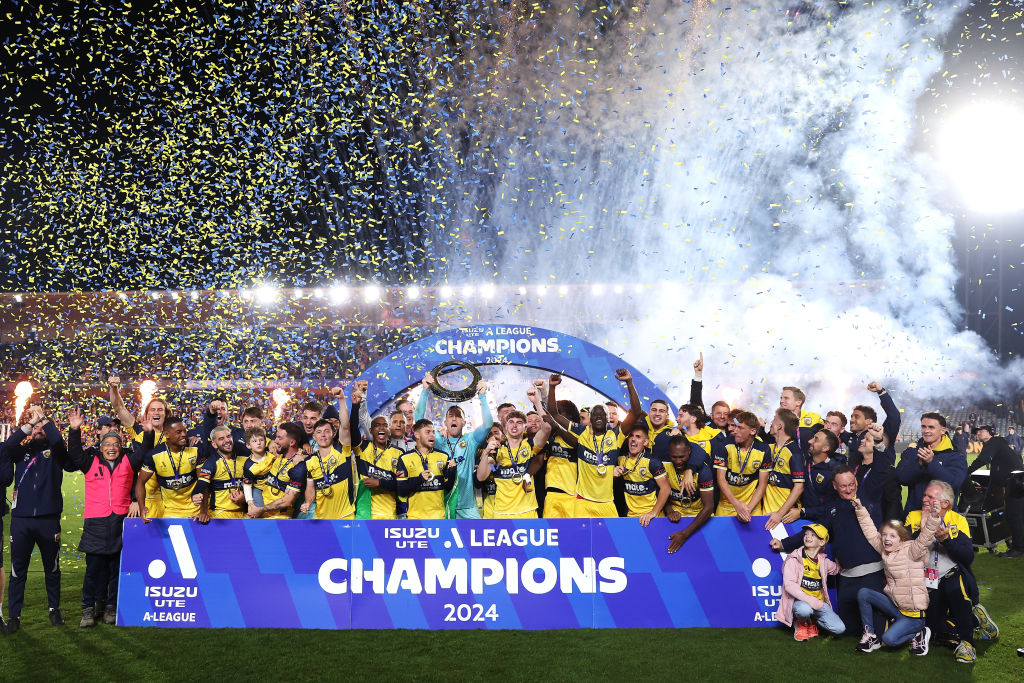

20 years on and heading into the anniversary season with more teams and a thriving Ninja A-League Women, Carroll remains incredibly proud of what was achieved and what continues to be done across the A-Leagues.
“It was never going to happen if we didn’t get everyone working together,” he insisted.
“The owners and their chief executives as everyone started come on board, and you know some of the owners have put their own money into the teams. Without Lyall Gorman, the first chair of Central Coast Mariners, there wouldn’t have been a Central Coast Mariners. He put his all into it. I very much admired the tenacity of the owners, as they did across the country.
“There were new people that came into the sport as well, who saw the opportunity that football can drive. I actually said to the board one day we’re not competing against rugby league and AFL, we’re actually also competing against the Premier League in the UK for audience. It was very pleasing when we got those good crowds.
“The owners made sure that matchday event was good, entertainment. It was more than just a game of football.”
Get your tickets to Round 1 of the Isuzu UTE A-League season!
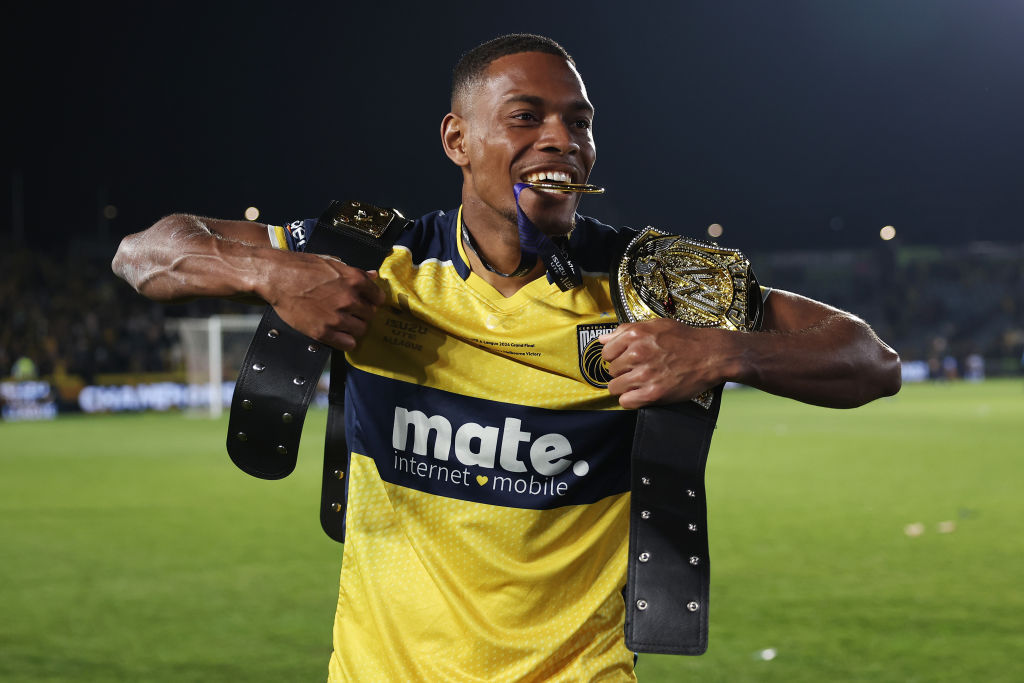

Parmenter added: “The A-League is the shop front for new football. Positioning it right so it could do that job was probably the most important part of that role. The fact I feel we did, by and large, get that right. That positioning has substantially stood the test of time.”





